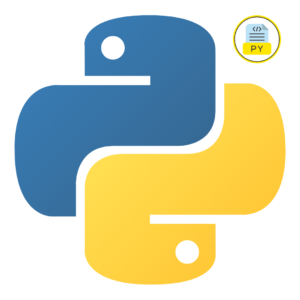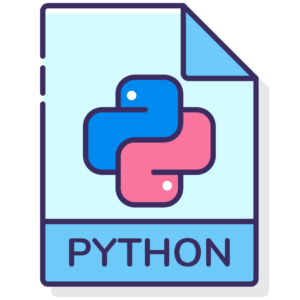Master Python for SEO: Powerful Techniques to Automate, Analyze, and Dominate Rankings
- Home
- Master Python for SEO: Powerful Techniques to Automate, Analyze, and Dominate Rankings
Search Engine Optimization (SEO) is becoming more complex, requiring automation and advanced SEO tools. Python, a powerful and flexible programming language, has been integrated as a game changer for SEO professionals.
It simplifies repetitive tasks, enables in-depth data analysis, and supports innovative strategies like Natural Language Processing (NLP).
We’ll explore how to use Python for SEO, including automation, semantic SEO, and NLP, offering insights and practical scripts to enhance your strategies.


Why Use Python for SEO?
Python is widely recognized for its simplicity, versatility, and extensive libraries.
- Automation: Automate repetitive tasks like data scraping, keyword analysis, and reporting.
- Data Analysis: Process large datasets for actionable insights.
- NLP Capabilities: Analyze content for semantic SEO optimization.
- Custom Solutions: Develop scripts tailored to unique challenges.
BeautifulSoup
Scrapes website data
Selenium
Automates browser tasks
Pandas
Analyzes structured data.
NLTK & SpaCy
Processes natural language.
How to Use Python for SEO?
1. Automating SEO Tasks
Web scraping helps gather data for keyword research, competitor analysis, and on-page audits.
SEO Benefits
- Collect metadata, headings, and links efficiently.
- Monitor competitor content.
Example Script:
from bs4 import BeautifulSoup
import requests
url = 'https://example.com'
response = requests.get(url)
soup = BeautifulSoup(response.content, 'html.parser')
titles = soup.find_all('title')
for title in titles:
print(title.get_text())
Keyword Research
Use Python to identify search trends and generate keyword lists.
Example: Combine Google Trends API with Pandas to analyze search patterns.
2. Improve NLP and Semantic SEO
Semantic Analysis
Python’s NLP libraries, like SpaCy, enable semantic analysis of content.
- Identify focus keywords and related terms.
- Understand content gaps for better optimization.
Example Script:
import spacy
nlp = spacy.load('en_core_web_sm')
doc = nlp('SEO helps improve website visibility on search engines.')
for token in doc:
print(f"{token.text}: {token.pos_}, {token.dep_}")
Sentiment Analysis
Analyze user reviews or comments to improve user engagement.
3. Python Scripts for SEO
- Backlink Analysis
Analyze backlink profiles using tools like Ahrefs API and Python.
- Site Speed Analysis
Use Python to check Core Web Vitals metrics.
Example: Integrate Lighthouse API with Python to monitor site performance.
Python Script:
import requests
api_url = 'https://api.ahrefs.com/backlinks'
params = {'target': 'example.com', 'mode': 'domain'}
response = requests.get(api_url, params=params)
print(response.json())
4. Automating Reporting
Generate custom SEO reports using Python libraries like Matplotlib and Pandas.
- Visualize SEO metrics.
- Save time on manual reporting.
Example Script:
import pandas as pd
import matplotlib.pyplot as plt
data = {'Keyword': ['SEO', 'Python', 'Automation'], 'Search Volume': [5000, 3000, 2000]}
df = pd.DataFrame(data)
df.plot(x='Keyword', y='Search Volume', kind='bar')
plt.show()
How Python Changes SEO Automation?
- Efficiency: Automates repetitive tasks, saving time and resources.
- Scalability: Handles large datasets and complex tasks.
- Insights: Delivers actionable data through custom scripts.
Advanced Use Cases: Python for Semantic SEO
1. Topic Clustering
Organize related keywords and content into clusters for improved ranking.
2. Content Gap Analysis
Compare your site’s content with competitors to identify opportunities.
3. TF-IDF Analysis
Optimize content by analyzing term frequency-inverse document frequency.
Example Script:
from sklearn.feature_extraction.text import TfidfVectorizer
documents = ["SEO automation with Python", "Semantic SEO with Python"]
vectorizer = TfidfVectorizer()
x = vectorizer.fit_transform(documents)
print(vectorizer.get_feature_names_out())
print(x.toarray())


